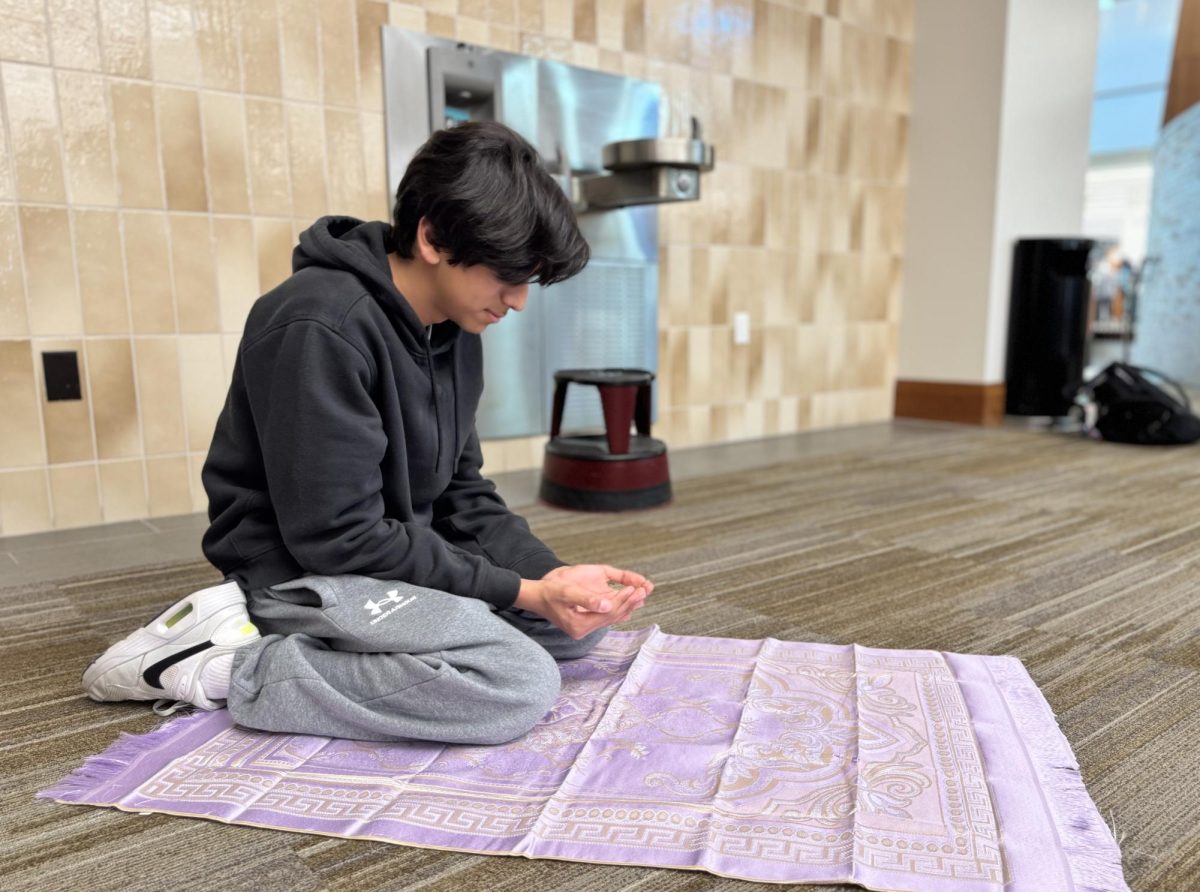Sometimes the best study strategies are not to study for hours on end but to have breaks in the middle of studying for that upcoming test or final.
Anyone who has crammed the night before a test knows the feeling of being both mentally and physically drained. Whether the cram before test day leads to either several ceaseless hours of studying or a lack of sleep, cramming can take its toll on a student’s test taking ability. From my personal experience, studying for hours without rest does not contribute to better test scores unlike what the many hours of studying might suggest. After about four hours of studying, I can no longer absorb information effectively and I often find myself not being able to focus.
To remedy this problem, taking breaks between studying can be an effective tool. Psychologist Nicholas Cepeda performed a study examining the effects of breaks ranging from five minutes to a month on memory. The study found that longer break times correlated to remembering information for longer periods of time.
Resting for as long as 15 minutes between studying sessions can therefore make it easier to remember information for the test. The time spent resting in between would not significantly take away from studying either, as it takes up only a small fraction of study time. Indeed, whenever I study for long periods of time with breaks in between, I find myself more focused and better at absorbing information. Taking longer rests can mean sleeping earlier as well, which would make for a more focused test-taking experience.
It’s important to note that the best way of studying is to avoid cramming in the first place and to begin studying days before a test, allowing for large break times in between. Of course, many would rather not cram for a test the night before. However, the reality of human laziness and procrastination often causes cramming for students to be inevitable. If this becomes the case, students of all ages should utilize their break time to their full advantage.
































![AI in films like "The Brutalist" is convenient, but shouldn’t take priority [opinion]](https://hilite.org/wp-content/uploads/2025/02/catherine-cover-1200x471.jpg)













































![Review: “The Immortal Soul Salvage Yard:” A criminally underrated poetry collection [MUSE]](https://hilite.org/wp-content/uploads/2025/03/71cju6TvqmL._AC_UF10001000_QL80_.jpg)
![Review: "Dog Man" is Unapologetically Chaotic [MUSE]](https://hilite.org/wp-content/uploads/2025/03/dogman-1200x700.jpg)
![Review: "Ne Zha 2": The WeChat family reunion I didn’t know I needed [MUSE]](https://hilite.org/wp-content/uploads/2025/03/unnamed-4.png)
![Review in Print: Maripaz Villar brings a delightfully unique style to the world of WEBTOON [MUSE]](https://hilite.org/wp-content/uploads/2023/12/maripazcover-1200x960.jpg)
![Review: “The Sword of Kaigen” is a masterpiece [MUSE]](https://hilite.org/wp-content/uploads/2023/11/Screenshot-2023-11-26-201051.png)
![Review: Gateron Oil Kings, great linear switches, okay price [MUSE]](https://hilite.org/wp-content/uploads/2023/11/Screenshot-2023-11-26-200553.png)
![Review: “A Haunting in Venice” is a significant improvement from other Agatha Christie adaptations [MUSE]](https://hilite.org/wp-content/uploads/2023/11/e7ee2938a6d422669771bce6d8088521.jpg)
![Review: A Thanksgiving story from elementary school, still just as interesting [MUSE]](https://hilite.org/wp-content/uploads/2023/11/Screenshot-2023-11-26-195514-987x1200.png)
![Review: "When I Fly Towards You", cute, uplifting youth drama [MUSE]](https://hilite.org/wp-content/uploads/2023/09/When-I-Fly-Towards-You-Chinese-drama.png)
![Postcards from Muse: Hawaii Travel Diary [MUSE]](https://hilite.org/wp-content/uploads/2023/09/My-project-1-1200x1200.jpg)
![Review: "Ladybug & Cat Noir: The Movie," departure from original show [MUSE]](https://hilite.org/wp-content/uploads/2023/09/Ladybug__Cat_Noir_-_The_Movie_poster.jpg)
![Review in Print: "Hidden Love" is the cute, uplifting drama everyone needs [MUSE]](https://hilite.org/wp-content/uploads/2023/09/hiddenlovecover-e1693597208225-1030x1200.png)
![Review in Print: "Heartstopper" is the heartwarming queer romance we all need [MUSE]](https://hilite.org/wp-content/uploads/2023/08/museheartstoppercover-1200x654.png)


